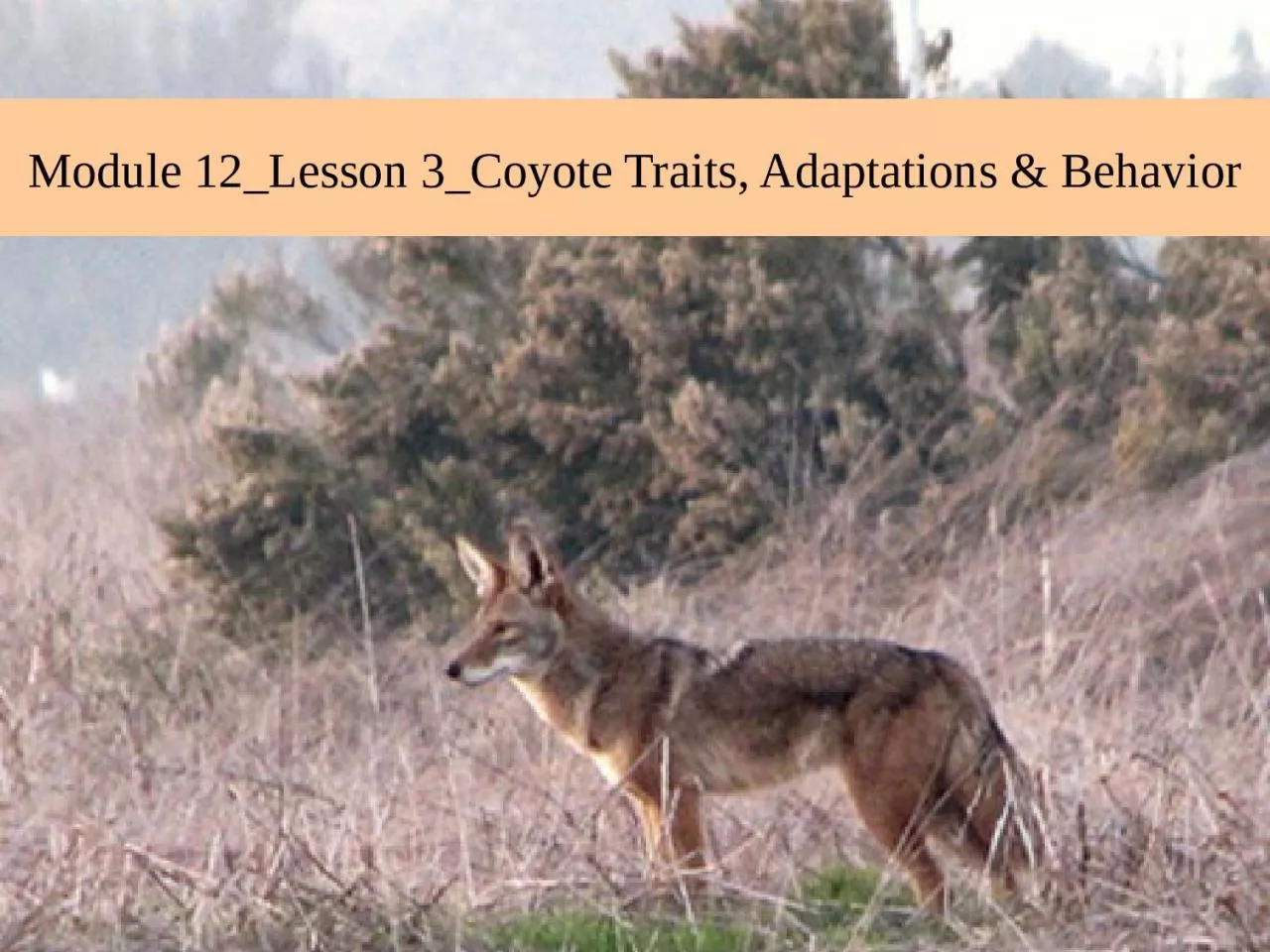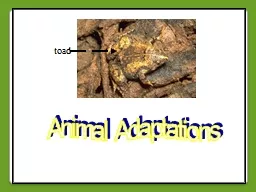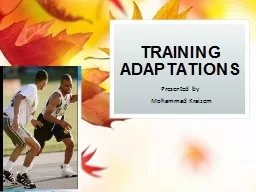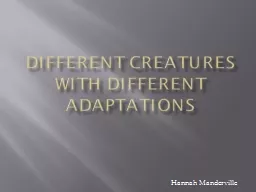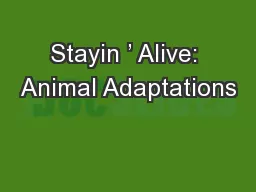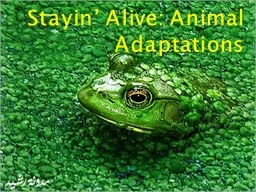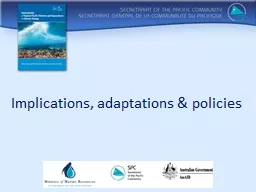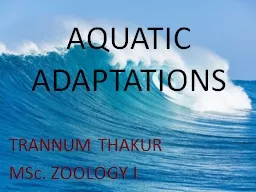PPT-Module 12_Lesson 3_Coyote Traits, Adaptations & Behavior
Author : violet | Published Date : 2024-02-03
Evolution of Canids httpswwwyoutubecomwatchvsZhxCUay5ks What IS a Species The biological species concept BSC defines species as groups of interbreeding natural
Presentation Embed Code
Download Presentation
Download Presentation The PPT/PDF document "Module 12_Lesson 3_Coyote Traits, Adapta..." is the property of its rightful owner. Permission is granted to download and print the materials on this website for personal, non-commercial use only, and to display it on your personal computer provided you do not modify the materials and that you retain all copyright notices contained in the materials. By downloading content from our website, you accept the terms of this agreement.
Module 12_Lesson 3_Coyote Traits, Adaptations & Behavior: Transcript
Download Rules Of Document
"Module 12_Lesson 3_Coyote Traits, Adaptations & Behavior"The content belongs to its owner. You may download and print it for personal use, without modification, and keep all copyright notices. By downloading, you agree to these terms.
Related Documents

